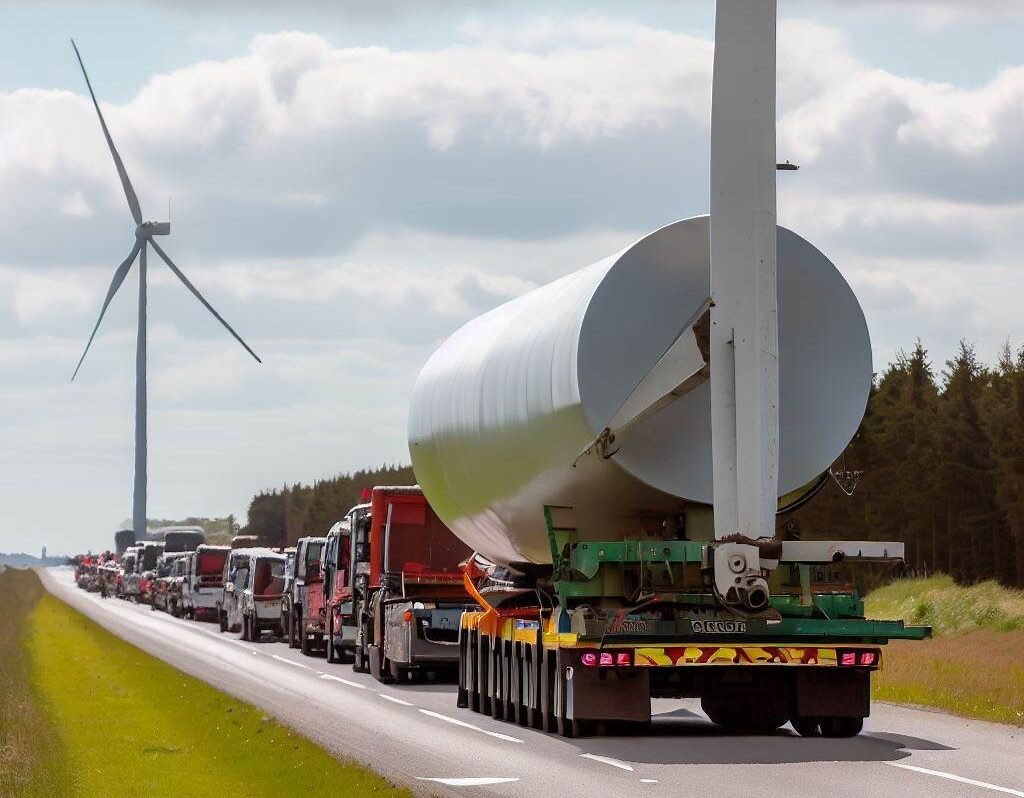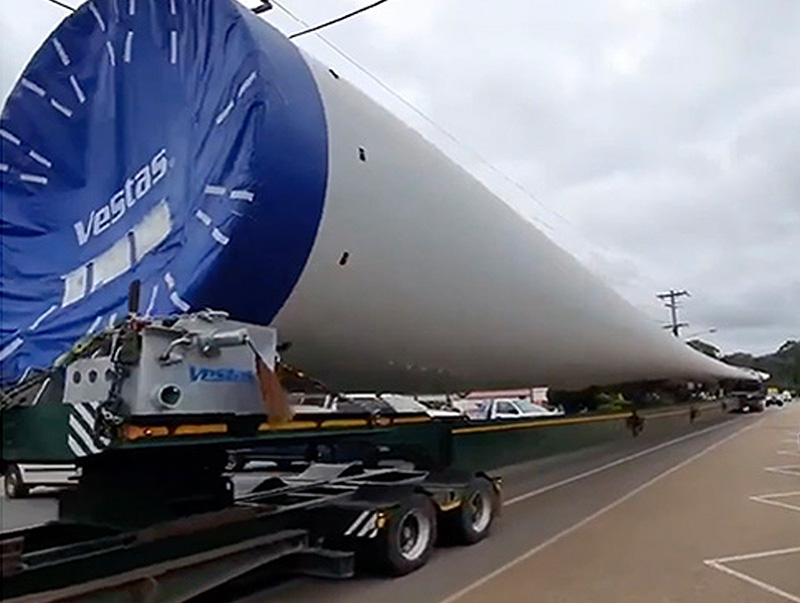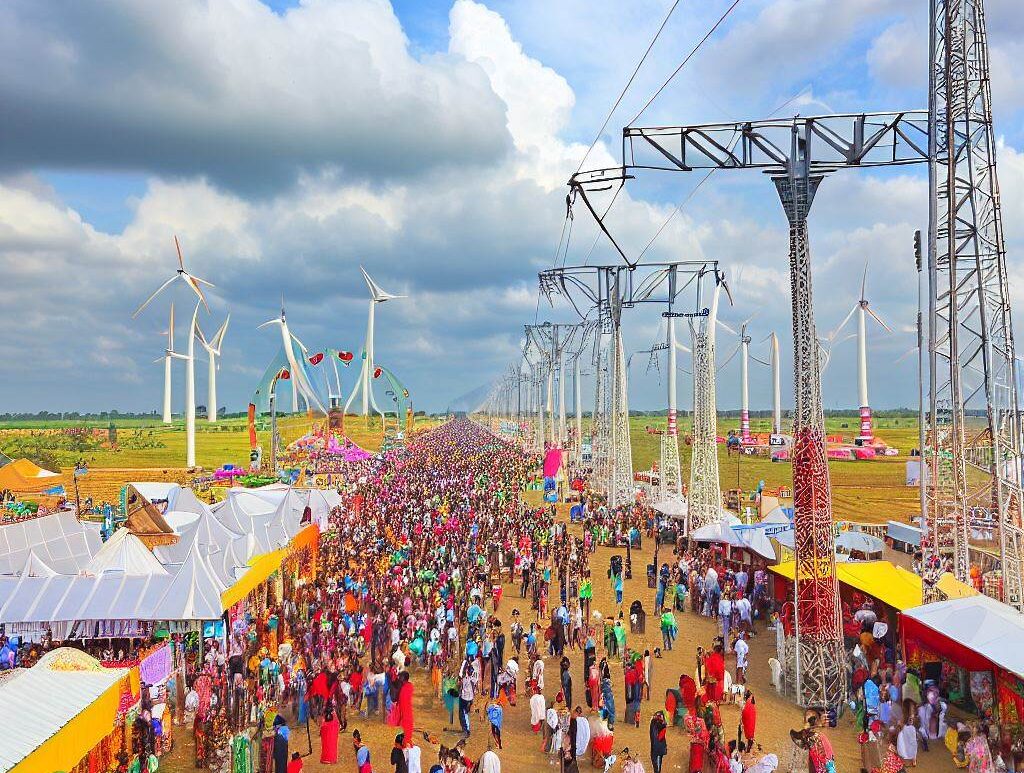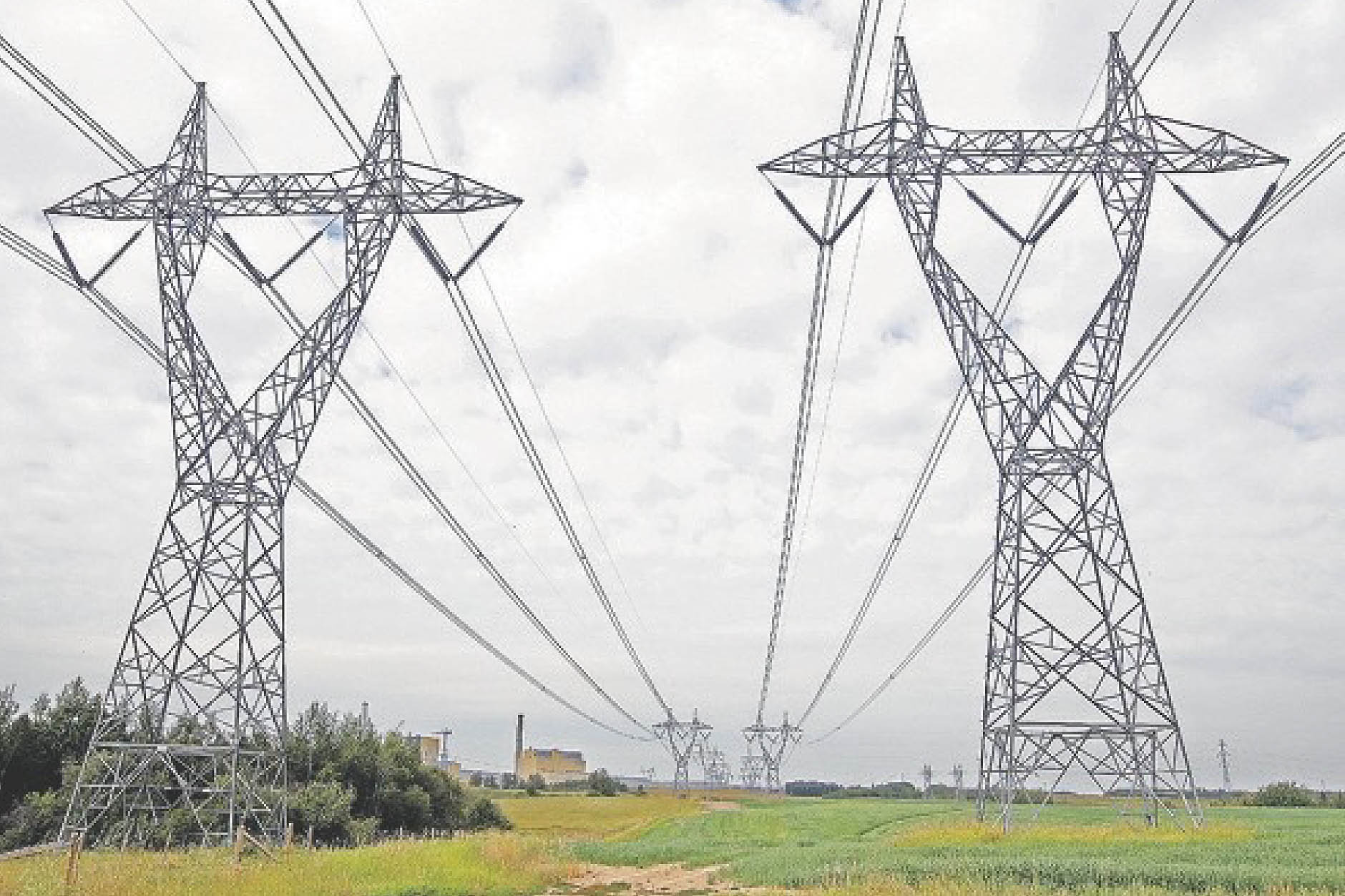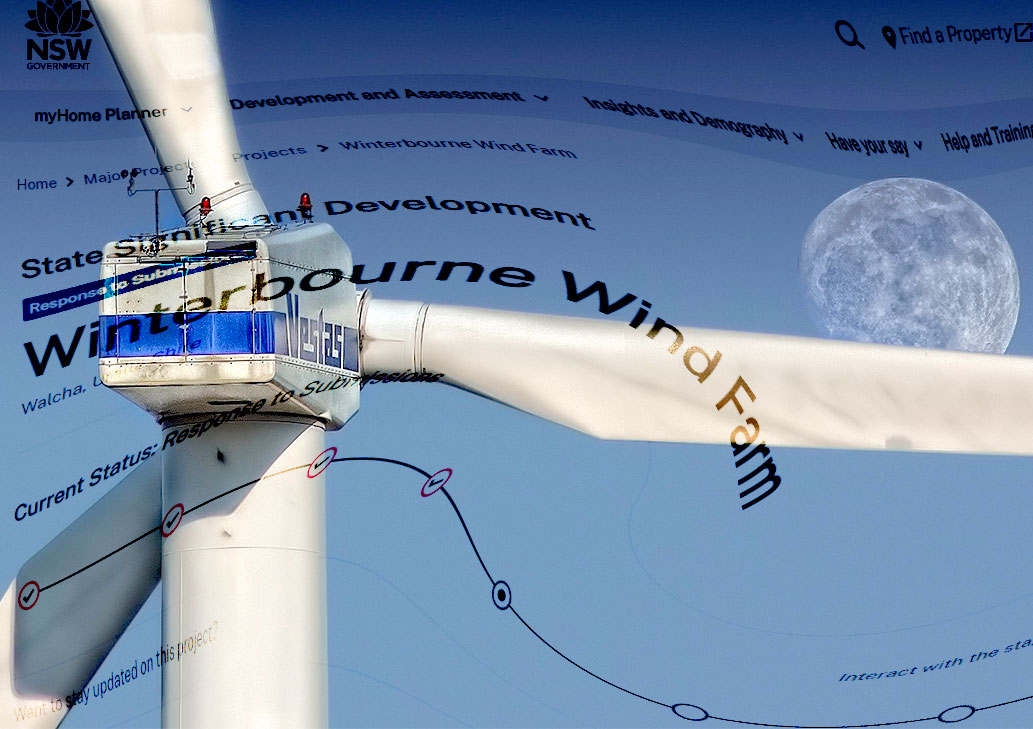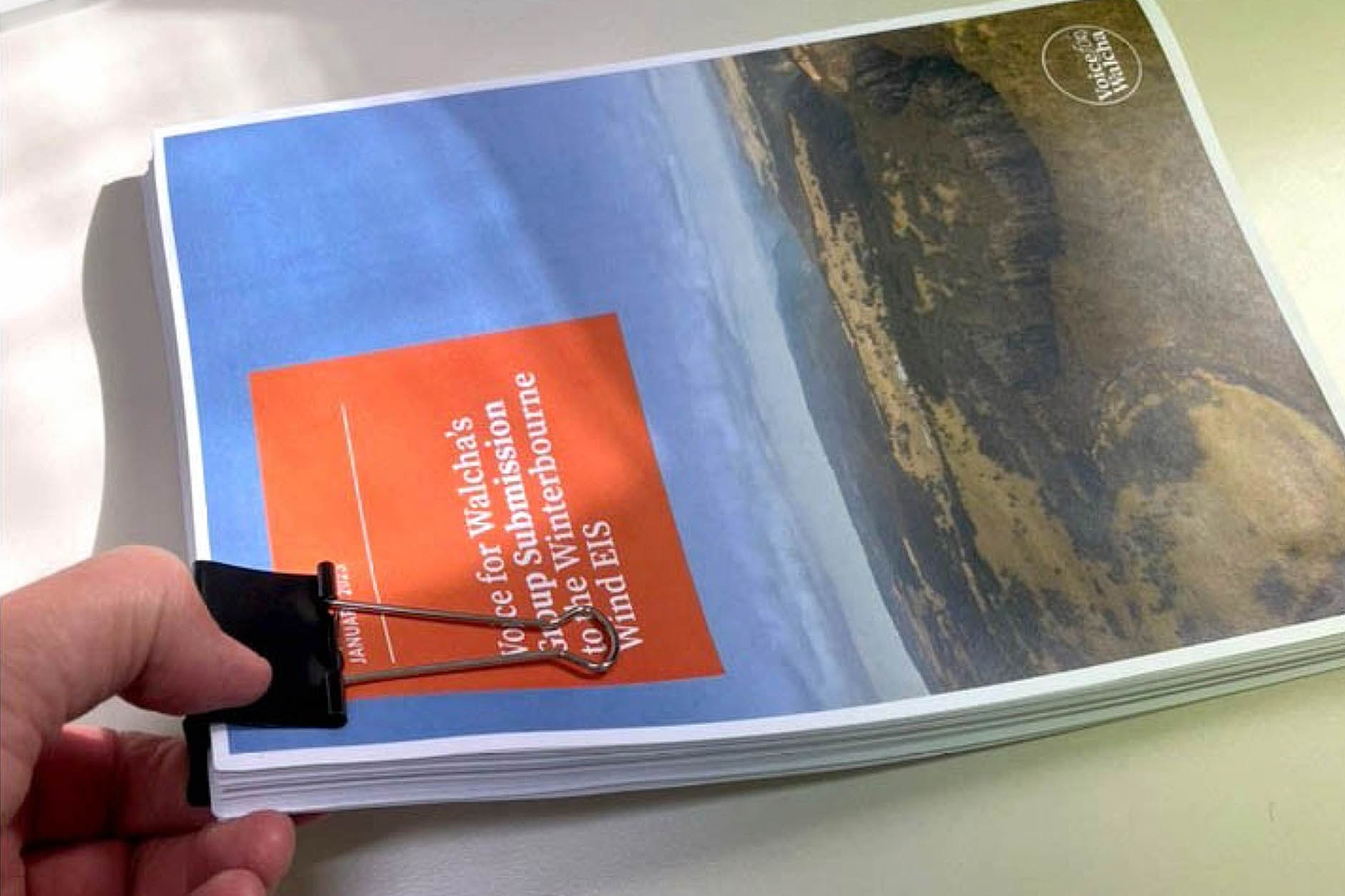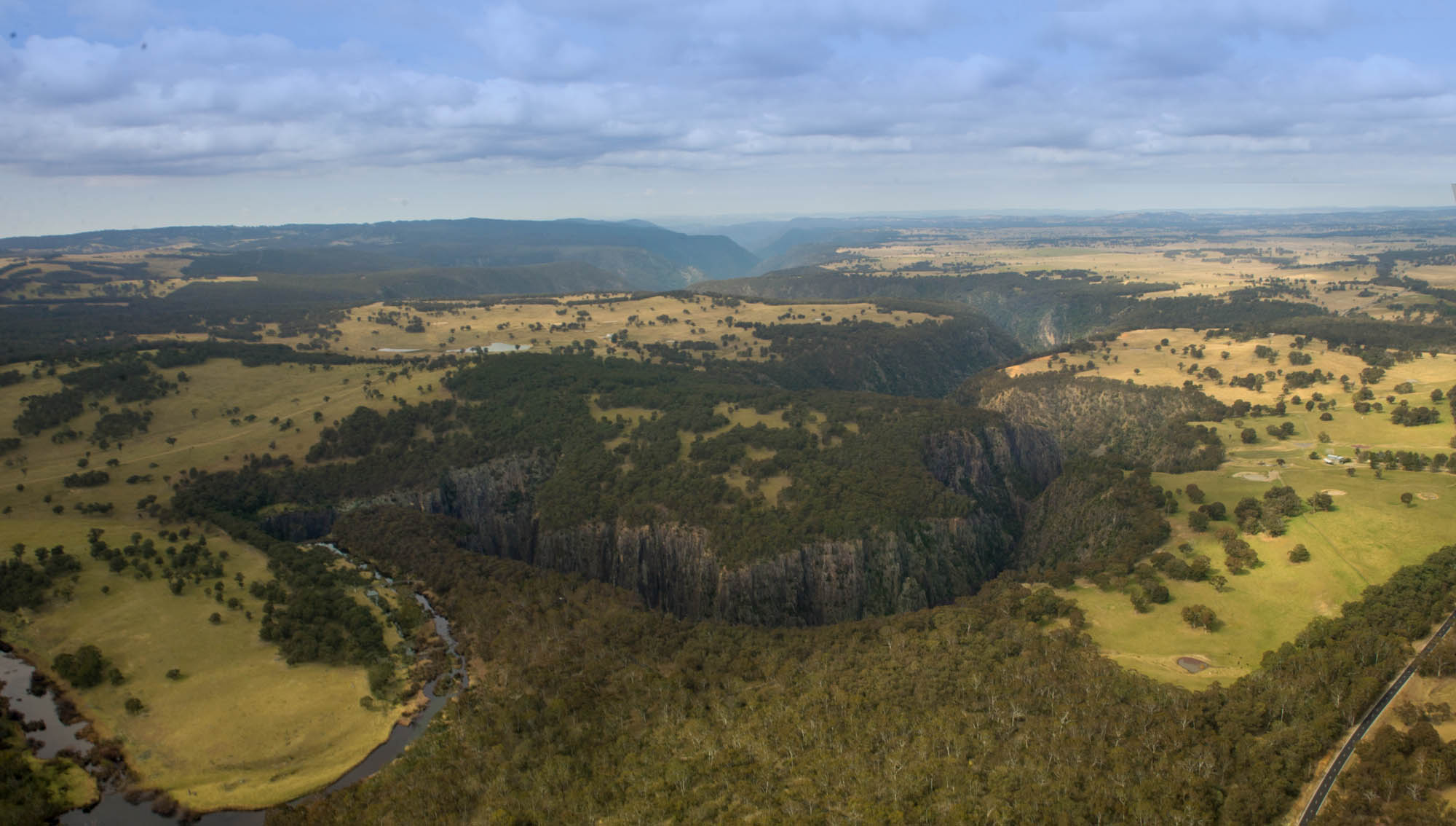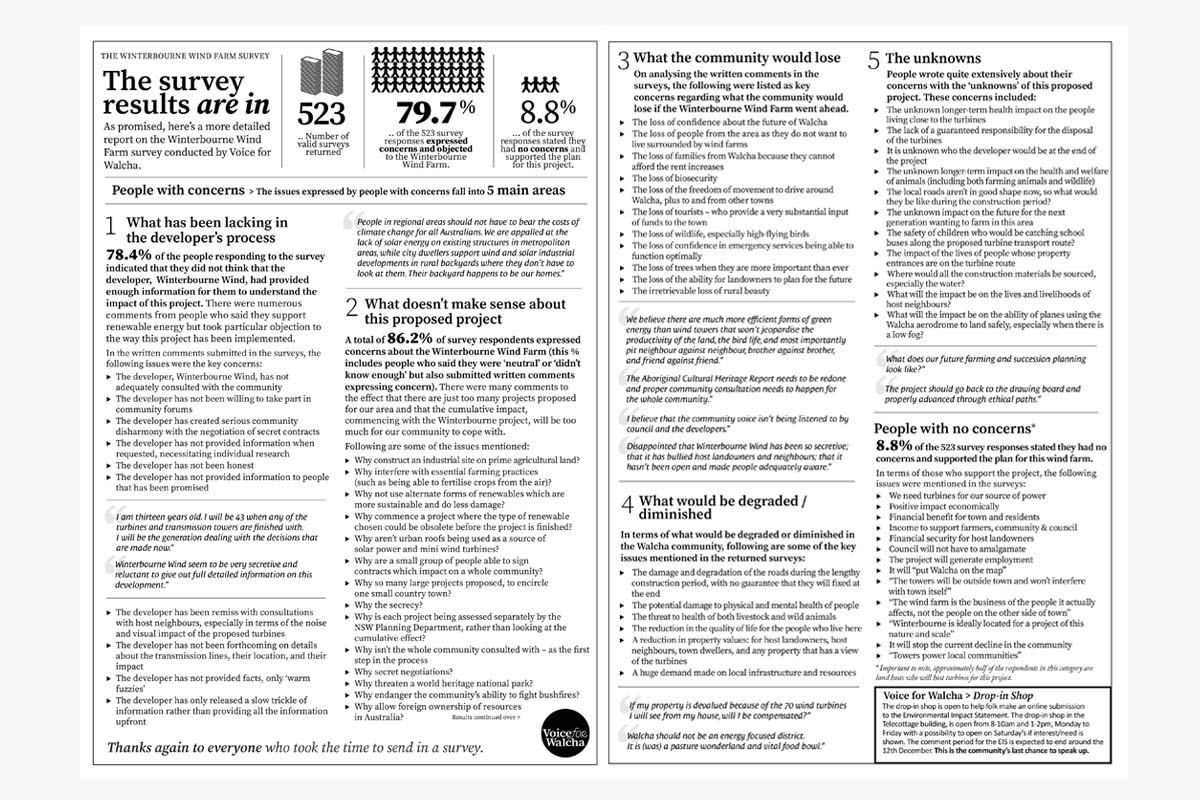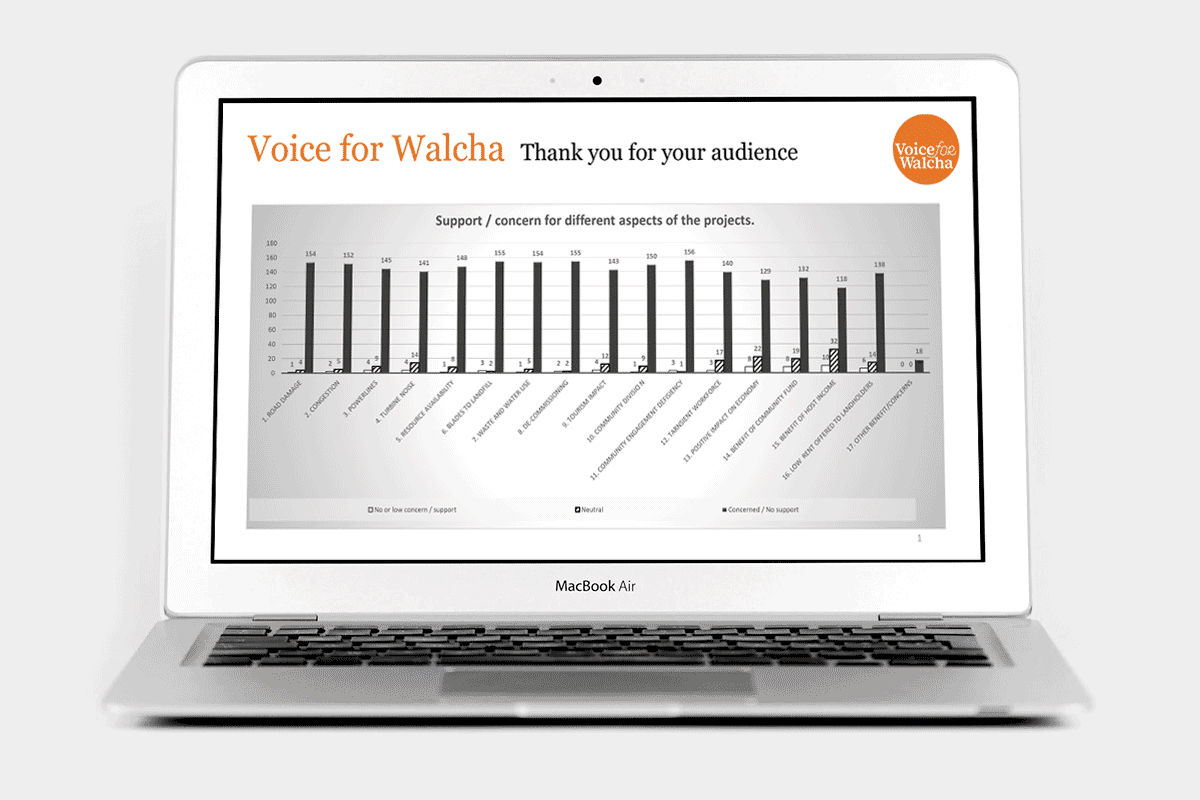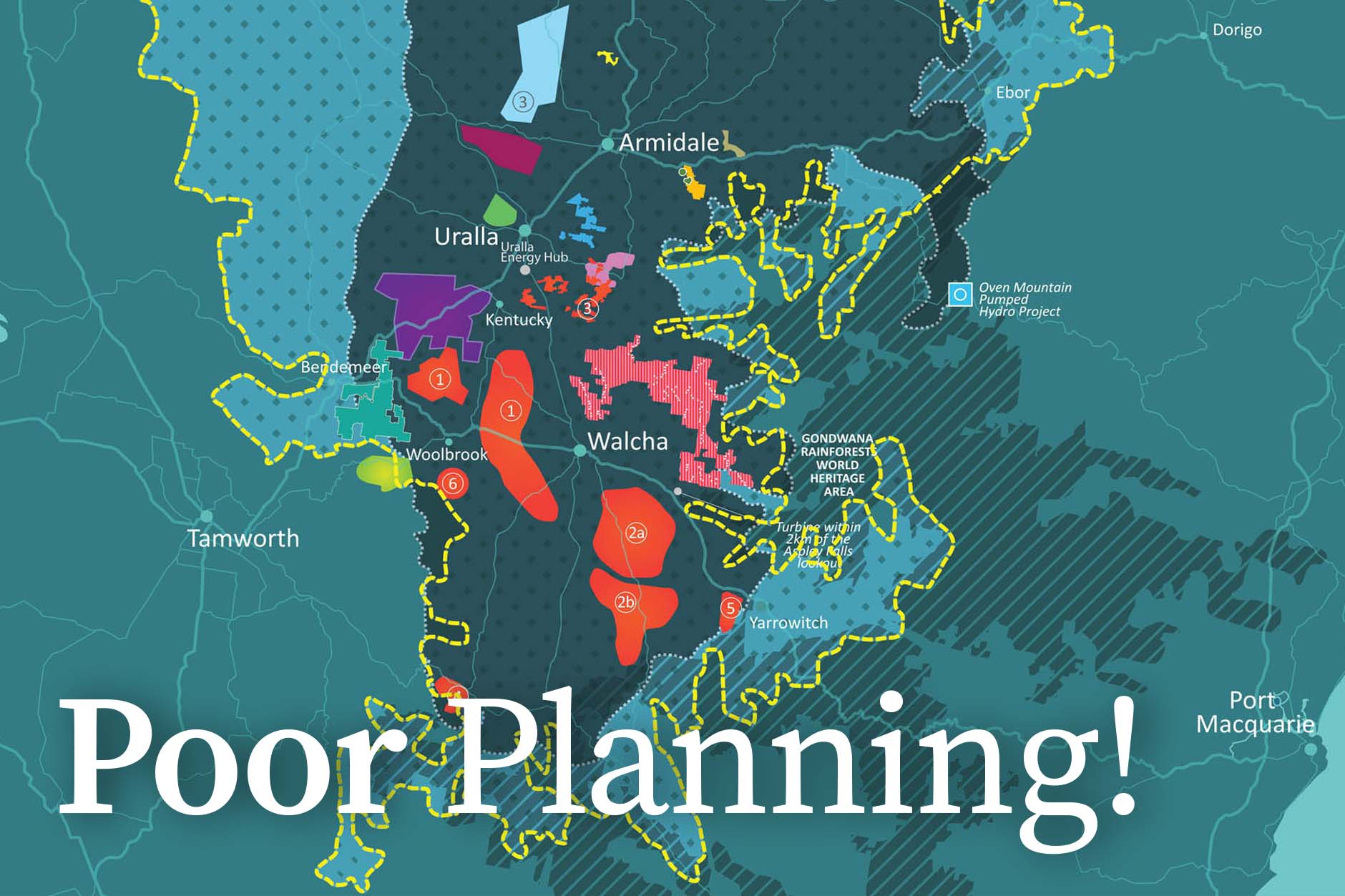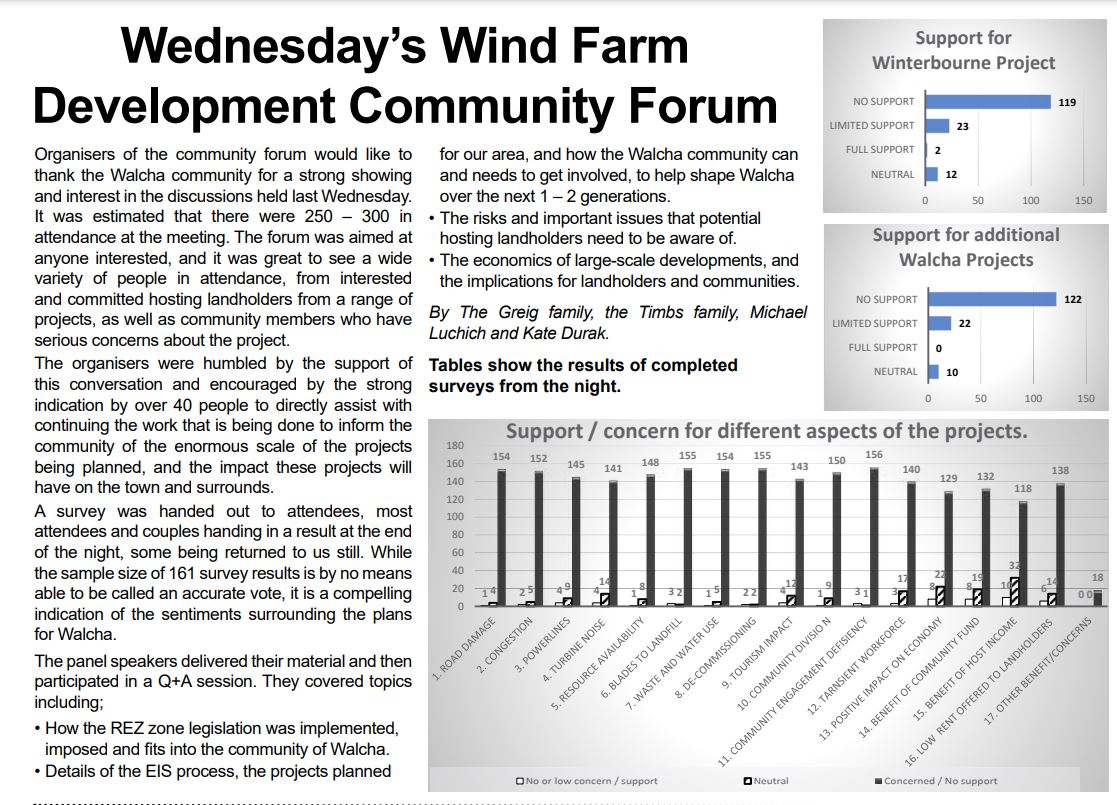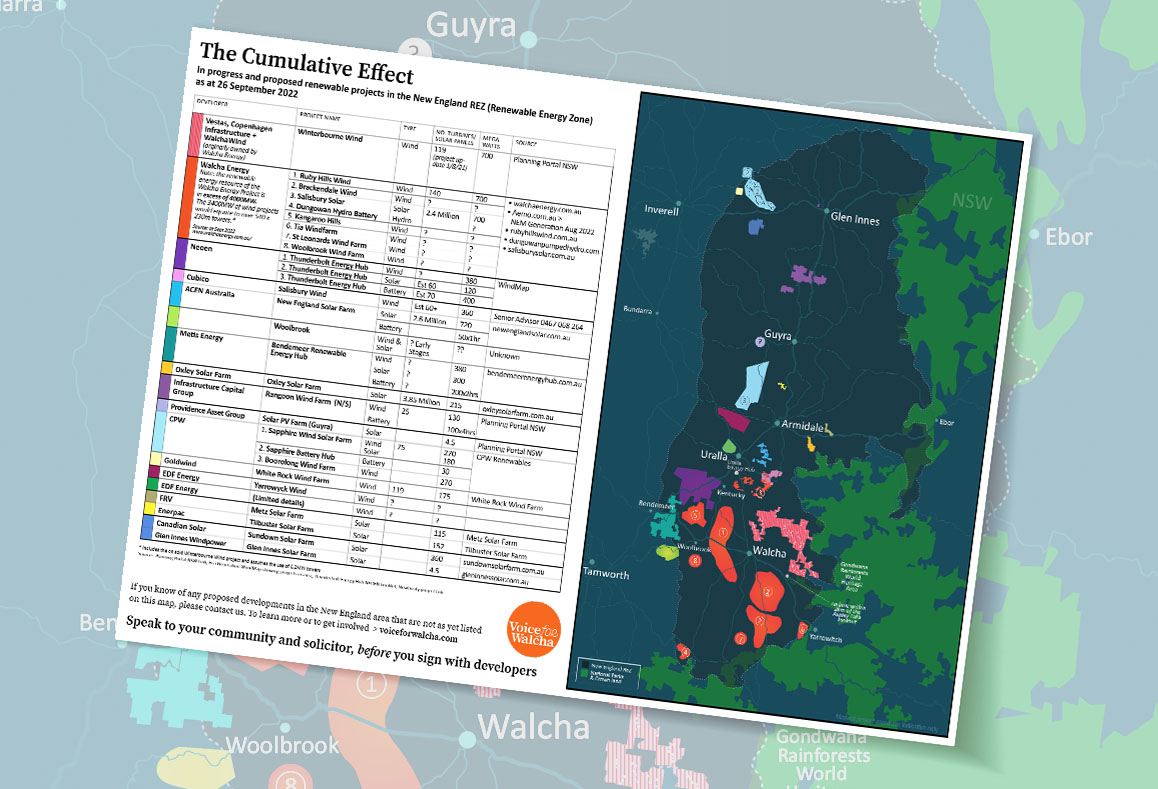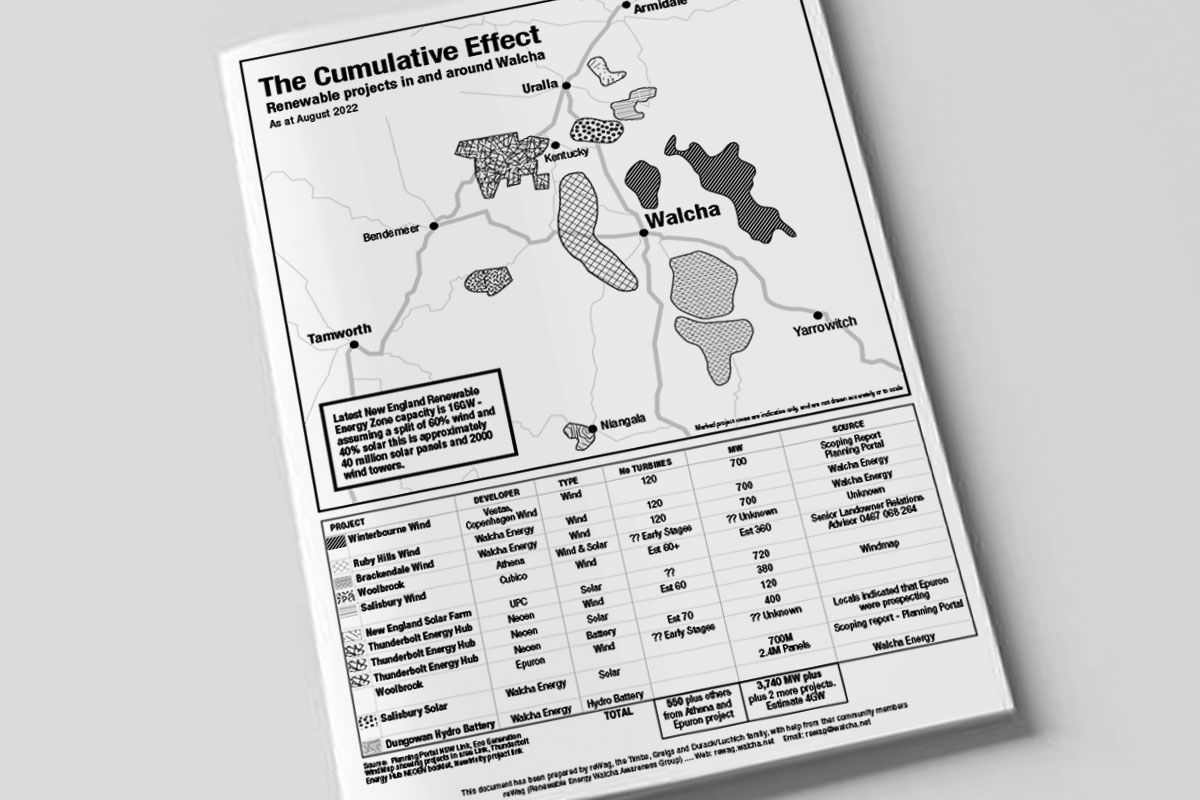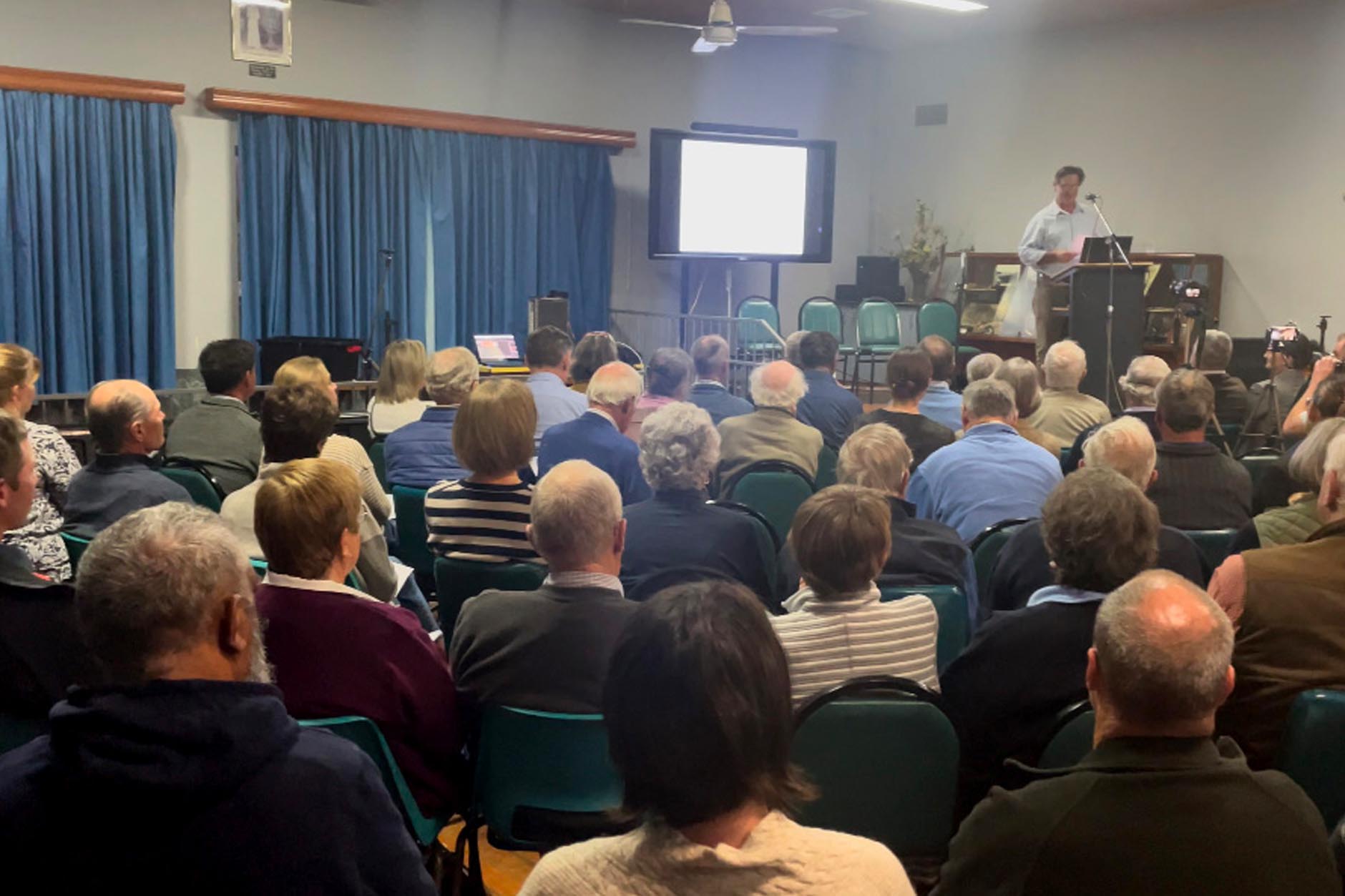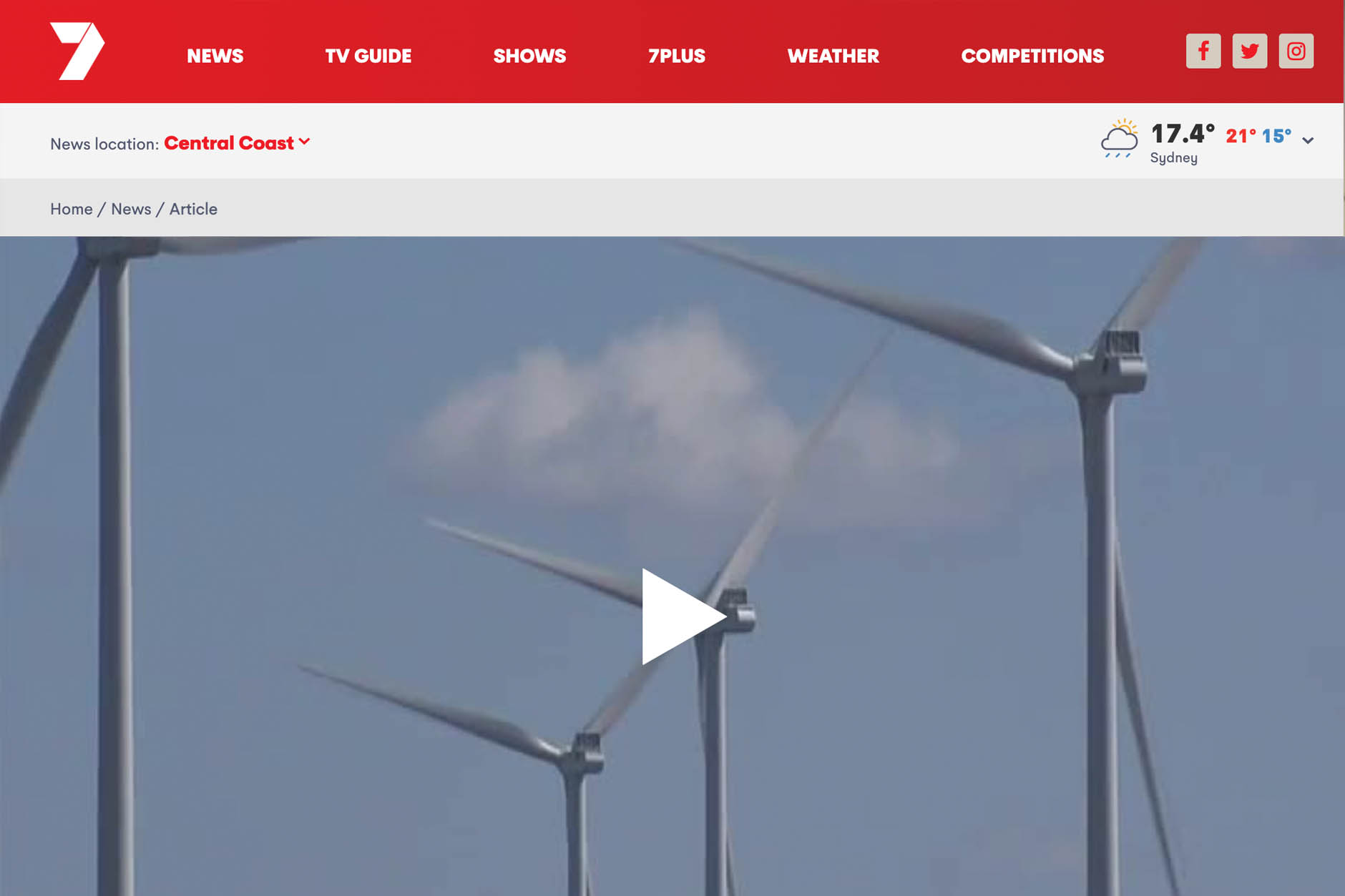Last Wednesday (30/8/23) Voice for Walcha gave a presentation to Walcha Council regarding what can only be called disturbing impacts by the Ruby Hills and Winterbourne projects upon the Oxley highway between Bendemeer and Walcha. The presentation covered four main areas: (1) the impact of Over Size Over Mass (OSOM) trucks used to deliver turbine components; (2) the impact of other Heavy Vehicles during wind farm construction; (3) the transport of cement and steel for tower footings; and (4) the upgrades required for the Oxley Highway to cope with this increased usage.
Delivered by Damian Timbs, the presentation was impeccably researched, all claims thoroughly checked. So what Council received were straight-forward verified facts, not opinions. Facts. And these facts are an absolute eye-opener. Even though already aware of them myself, I was still left stunned at the presentation, and felt sure the councillors had to be as well. For that reason alone I just have to briefly summarise those facts here, so you can judge for yourself their significance to Walcha.
Start with the OSOM trucks, those long vehicles that will bring wind tower components from Newcastle for the 283 turbines mooted for the Winterbourne and Ruby Hills projects. We’ll need 3,679 such truck movements for that little show, plus 16,555 pilot vehicles. It means the Oxley Highway will be crowded by 30 such truck events per week for at least 104 weeks. Two years. And those trucks will have to return empty to Newcastle as well.
Then there’s the tsunami of trucks required during wind farm construction. (If this doesn’t knock you for six, nothing will.) The Winterbourne construction phase will last about 30 months, add say 40 months for Ruby Hills. The combined truck movements for that will come to: 235,400 B-Doubles, 116,600 semis and 368,500 light vehicles. Pause for a mo to absorb those figures if you’re feeling wobbly.
Once you’ve done so, consider the truck movements required to build the cement and steel footings for the 283 wind towers. The concrete alone will require 41,000 concrete trucks, while the 42,450 tonnes of steel will need an army of trucks as well. It’s head-aching stuff, and that’s only the footing we’re talking about!
But there’s a nasty catch to all this that makes it truly horrific. Access. The above mind-numbing multitude of trucks and other vehicles will all have to use the Oxley Highway for access. And that access is not only seriously unsuitable for the task, but would need a great deal of work to ever be made so. What’s more, NSW Roads & Traffic have very little interest in prioritising that highway for such difficult upgrading. You have to slam on the brakes when you hear that, and ask: Who is gunna pay for this to be done? As my mate Rupert says: “It’d be a joke if it wasn’t so scary.”
All of this is why Voice for Walcha concluded its presentation by asking Council to conduct a cost/benefit analysis of the impact of such a massive wind project, using Oxley Highway access, upon Walcha’s existing well established industries. But more than that, it is also why Voice for Walcha made it known that they would themselves engage a consultant to look at the economic impact of project traffic on the Oxley Highway and to identify pinch points on the road.
John Heffernan and Voice for Walcha


